
Waupaca County is a county in the U.S. state of Wisconsin. As of the 2020 census, the population was 51,812. The county seat is Waupaca. The county was created in 1851 and organized in 1853. It is named after the Waupaca River, a Menominee language name meaning 'white sand bottom', 'pale water', or 'tomorrow river'.

Berkshire is a town in Franklin County, Vermont, United States. The population was 1,547 at the 2020 census. It contains the unincorporated village of East Berkshire.

Franklin is a town in Kewaunee County, Wisconsin, United States. The population was 993 at the 2010 census.

Meeme is a town in Manitowoc County, Wisconsin, United States. The population was 1,538 at the 2000 census. Its Menominee name is Omīnīw which means "pigeon". The Menominee sold this land to the United States in the 1831 Treaty of Washington.

Schleswig is a town in Manitowoc County, Wisconsin, United States. The population was 1,900 at the 2000 census.

Douglas is a town in Marquette County, Wisconsin, United States. The population was 768 at the 2000 census. The unincorporated communities of Briggsville and Douglas Center are located within the town.

The Town of Porter is a located in Rock County, Wisconsin, United States. The population was 925 at the 2000 census. The unincorporated communities of Cooksville and Stebbinsville are located in the town.
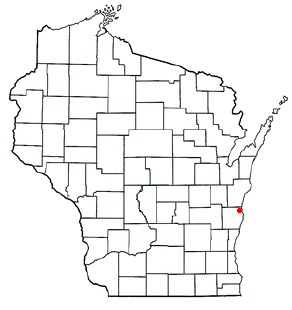
Mosel or Moselle is a town in Sheboygan County, Wisconsin, United States. The population was 839 at the 2000 census. The town is included in the Sheboygan, Wisconsin Metropolitan Statistical Area.

Caledonia is a town in Waupaca County, Wisconsin, United States. The population was 1,712 at the 2020 census. The unincorporated communities of North Readfield and Readfield are located in the town.
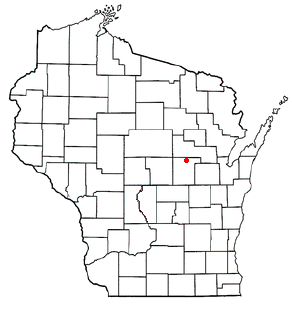
Dupont is a town in Waupaca County, Wisconsin, United States. The population was 741 at the 2000 census.

Helvetia is a town in Waupaca County, Wisconsin, in the United States. As of the 2000 census, the town population was 649.
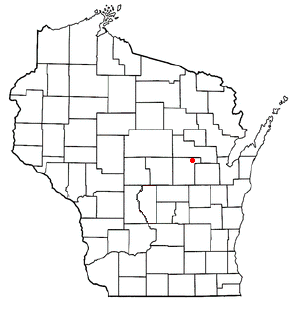
Larrabee is a town in Waupaca County, Wisconsin, United States. The population was 1,301 at the 2000 census. The unincorporated community of Buckbee is located in the town.

Royalton is a town in Waupaca County, Wisconsin, United States. The population was 1,523 at the 2000 census. The unincorporated communities of Baldwins Mill and Royalton are located in the town.
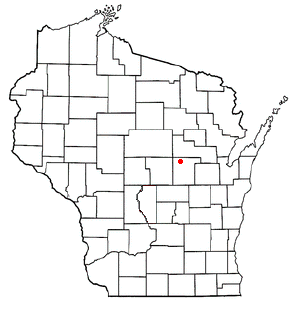
Wyoming is a town in Waupaca County, Wisconsin, United States. The population was 285 at the 2000 census. The ghost town of Granite City was located in the town.
Fremont is a town in Waupaca County, Wisconsin, United States. The population was 632 at the 2000 census. The village of Fremont is located within the town. The unincorporated community of Red Banks is located in the town.
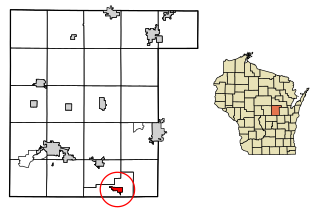
Fremont is a village in Waupaca County, Wisconsin, United States. It is surrounded by Town of Fremont. The population was 679 at the 2010 census. Fremont has been referred to as the "White Bass Capital of the World."

Waupaca is a town in Waupaca County, Wisconsin, United States. The population was 1,155 at the 2000 census. The City of Waupaca is located mostly within the town, though it is politically independent. The ghost town of Granite Quarry was also located partially in the town.
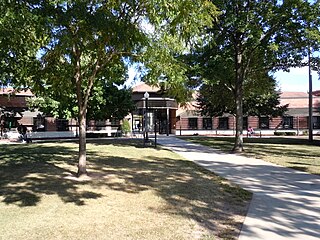
Waupaca is a city in and the county seat of Waupaca County in the U.S. state of Wisconsin. The population was 6,282 at the 2020 census.

Weyauwega is a town in Waupaca County, Wisconsin, United States. The population was 627 at the 2000 census. The City of Weyauwega is located mostly within the town, though it is politically independent. The unincorporated communities of Evanswood and Gills Landing are also located in the town.
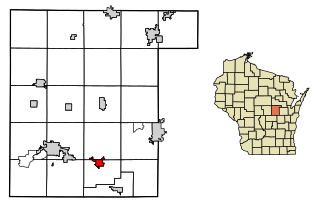
Weyauwega is a city in Waupaca County, Wisconsin, United States. The population was 1,900 at the 2010 census. The city is located mostly within the Town of Weyauwega, though it is politically independent of the town. Small portions extend north into the adjacent Town of Royalton. The city is commonly referred to as "Wega" by local residents. The name "Weyauwega" is described by the Weyauwega Chamber of Commerce as potentially meaning "Here we rest" in a local indigenous language because the town's origin was a stopping/resting point between two rivers when Native Americans had to portage their canoes. Given the local indigenous culture is described as Menominee the language may be the Menominee language if this etymology for Weyauwega is correct.




















